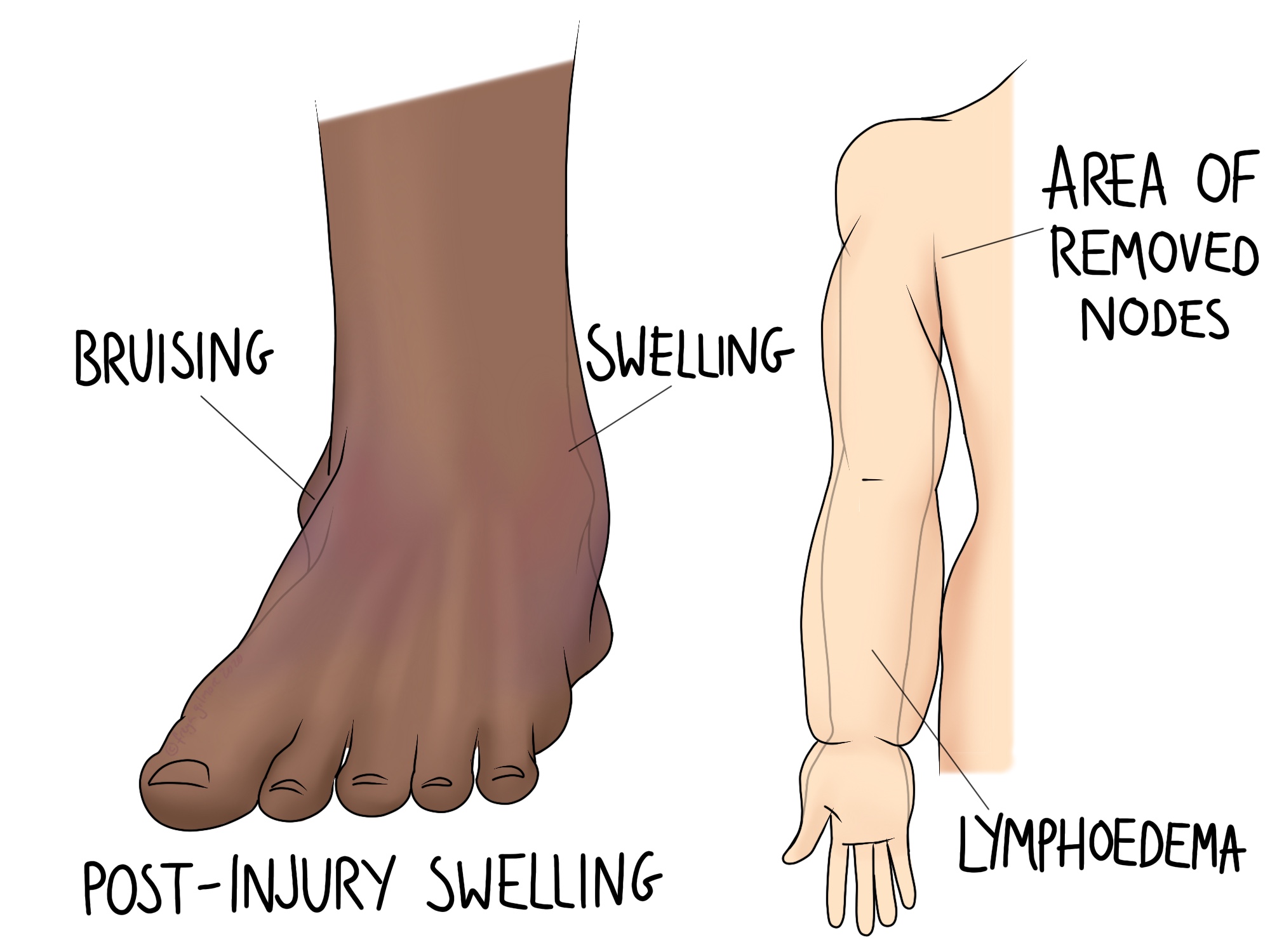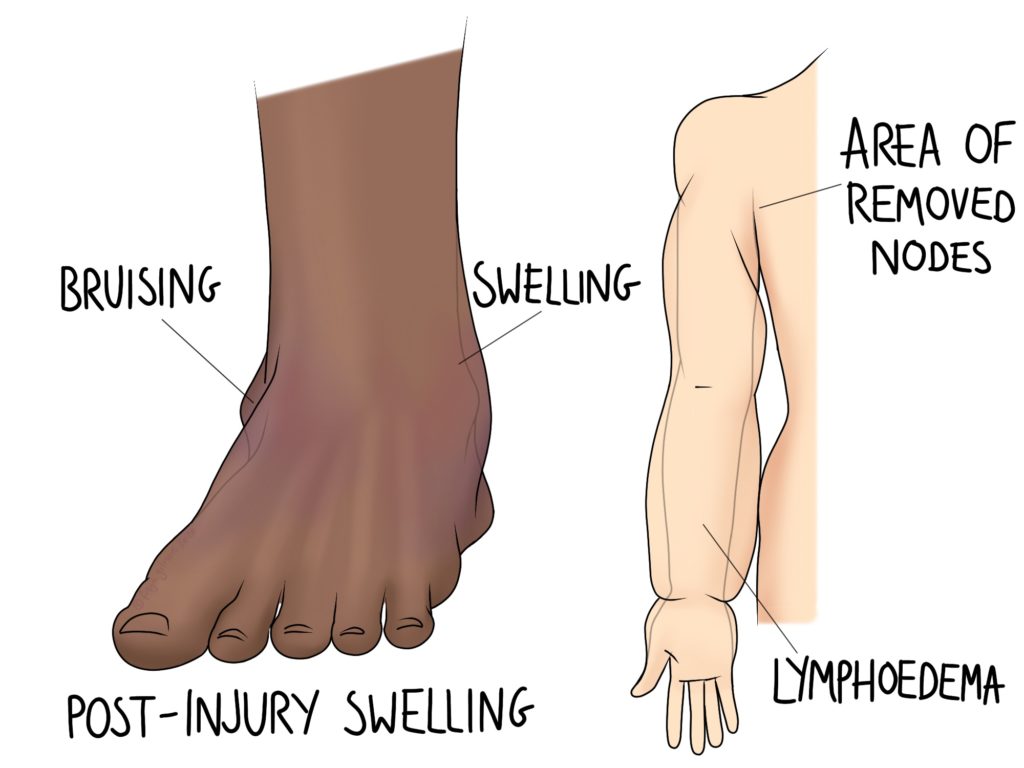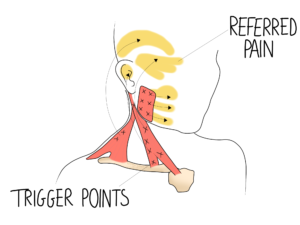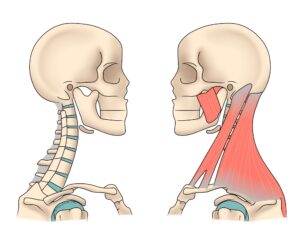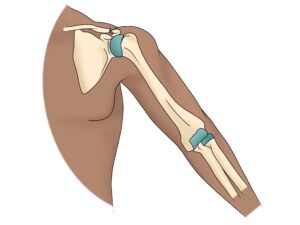There are some circulation problems that osteopaths can help with. Read on to learn about what we can do for areas of swelling.
Post-injury
After an injury, such as a twisted ankle, you might develop puffiness in the local area. The temptation is to bring the swelling down as soon as possible, but it is there for a reason. Acute inflammation like this brings cells to the area to fight potential threats and help clear up injuries. It can be soothing to reduce this swelling with ice, but you still want to let the body do its thing, and you definitely don’t want to over-ice the area.
A cool compress may be recommended by your osteopath if the swelling is excessive or long lasting. Circulation of this fluid is important to allow the area to continue to heal. If the inflamed area is now full of waste products and out of nutrients, healing will be delayed.
Longer term joint swelling
Arthritic knees are commonly swollen long term. Getting this fluid back into circulation means getting nutrients back to the area. As with normal arthritis treatments, one easy answer to this problem is movement. The calf muscles are a great example of how circulation is aided by muscles: walking makes the calf pump fluid back up towards the heart.
During treatments it can be effective to use “drainage” techniques to encourage the fluid to move. These techniques might involve gently and repetitively pushing the fluid away from the knee, or working through nearby areas to make space for fluid to clear. If swelling can be reduced in this way, it’s not uncommon to find that movement is immediately a lot easier. If you can keep moving well after you get home, you may be able to make significant improvements to the local circulation.
Your osteopath may be able to recommend drainage exercises to help you manage these symptoms at home.
Lymphoedema: poor circulation in the lymphatic system
The word “lymphoedema” refers to swelling caused by a problem with the lymphatic system. The lymphatic system is the same system that involves your “glands”- if you’ve ever felt those hard, achey lumps around your neck or jaw when you’re under the weather, that’s the lymphatic system. Lymph is a fluid that surrounds our cells to make it easier to transfer nutrients in and waste out. Unlike the vascular system, there is no heart to pump lymph around the body, so it is very slow moving. It runs into ducts that eventually lead back to a vein near the collar bone.
Lymph ducts may be damaged through illness, trauma, or surgery. We often see lymphoedema in patients who have had the lymph ducts of the armpit removed (lymphadenectomy) after breast cancer. This causes swelling in the arm as it becomes harder for the body to clear the lymph and it builds up.
Patients receive some intensive specialist therapy after lymphadenectomy to get on top of this circulation. Once this is complete, they are left with exercises, self massage, and compression garments to manage their symptoms in the long term. Some people struggle to perform these exercises themselves, which is where we can help. As with the other causes of swelling, we can help to drain the area and encourage local movement.
If you suffer from any of these circulation issues, make an appointment to get some relief.

